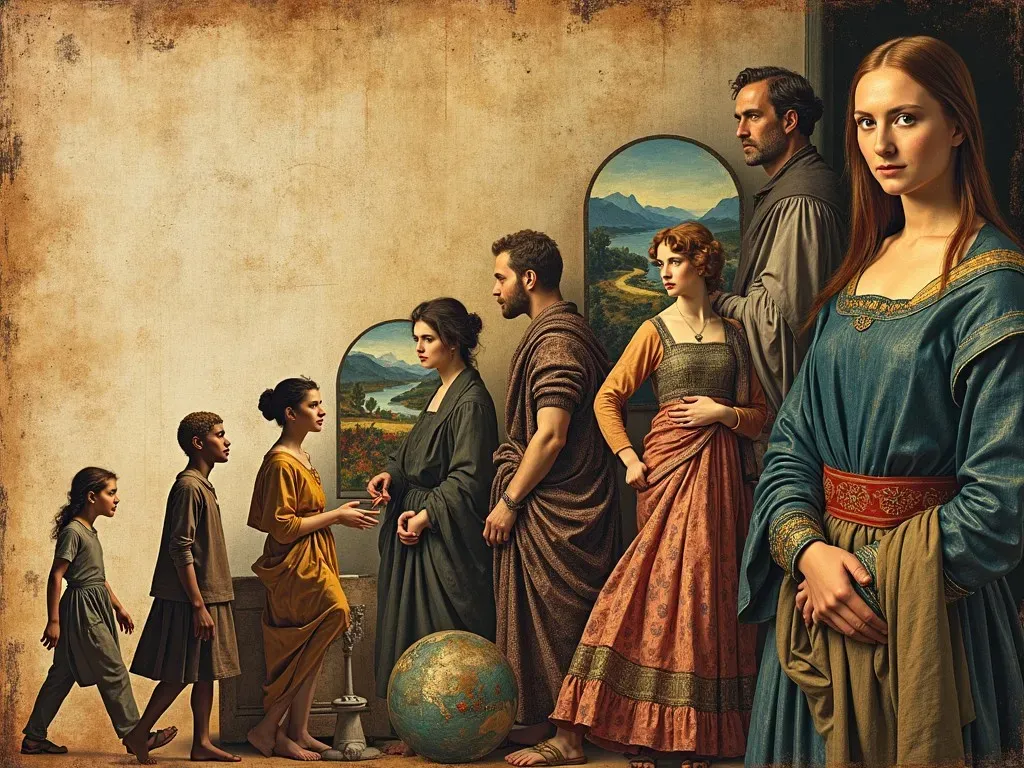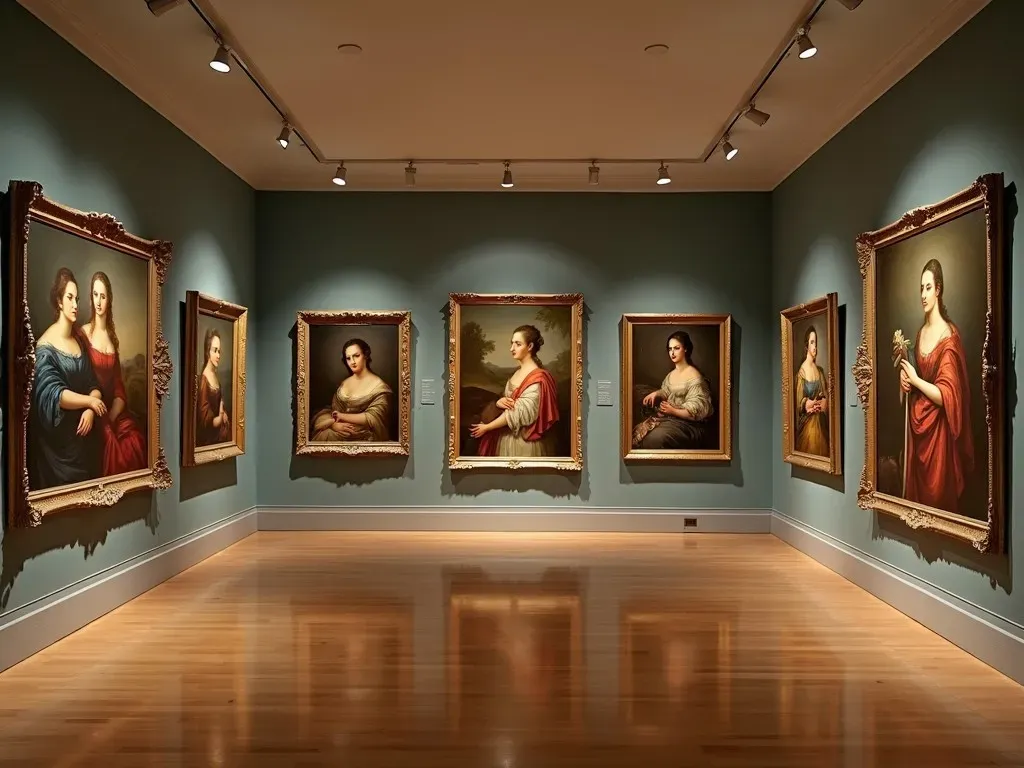Master paintings, often referred to as "old masters" paintings, are celebrated works created by skilled European artists prior to the 19th century. These masterpieces continue to captivate art lovers and historians alike due to their technical mastery, use of color, and thematic depth. Spanning various styles and movements—like the Renaissance, Baroque, and Rococo—master paintings remain a crucial part of art history.
The Legacy of Master Artists
Master artists who created these iconic works laid the foundation for modern art. Figures like Leonardo da Vinci, Rembrandt, and Michelangelo not only influenced their contemporaries but also left an indelible mark on future generations of artists. Their meticulous attention to detail and innovative Techniques have been studied and emulated worldwide.
Major Old Masters and Their Contributions
| Artist | Notable Works | Artistic Movement | Period Active |
|---|---|---|---|
| Leonardo da Vinci | Mona Lisa, The Last Supper | Renaissance | 1452-1519 |
| Michelangelo | David, The Creation of Adam | Renaissance | 1475-1564 |
| Rembrandt van Rijn | The Night Watch, Bathsheba at Her Bath | Baroque | 1606-1669 |
| Johannes Vermeer | Girl with a Pearl Earring | Baroque | 1632-1675 |
| Peter Paul Rubens | The Descent from the Cross | Baroque | 1577-1640 |
Facts and Figures about Master Paintings
- Diversity of Techniques: Old masters commonly used oil paint, allowing for intricate detail and depth.
- Historical Impact: Many master paintings were integral to significant historical events or represented prevailing societal themes.
- Valuation: Master paintings have fetched astronomical prices at auctions, with some pieces sailing into the hundreds of millions of dollars.
Example: Leonardo da Vinci’s Salvator Mundi sold for $450 million in 2017, marking a record for the highest price ever paid for a painting.
Techniques and Innovations of Old Masters
Old Masters applied a range of techniques that showcased their masterful skills:
- Chiaroscuro: The use of strong contrasts between light and dark.
- Sfumato: A technique for softening transition between colors, allowing for depth and realism.
- Foreshortening: An artistic strategy to create an illusion of depth by depicting an object or figure in a picture in depth.
The Evolution of Master Paintings
Artistic movements evolved over centuries, leading to diverse styles and themes. Here’s a brief overview of significant movements that influenced master paintings:
- Renaissance (14th-16th Century): Renewed interest in classical art and humanism; emphasized realism.
- Baroque (17th Century): Characterized by grandeur, drama, and movement.
- Rococo (18th Century): Known for its playful, ornate styles and focus on themes of love and nature.

Understanding Old Master Portraits
Old master portraits stand as some of the most influential in art history. They played a key role in not just depicting physical likeness, but also conveying the subject’s personality and societal status. Here are some notable old master portraits:
-
Mona Lisa by Leonardo da Vinci:
- Renowned for its exquisite detailing and enigmatic expression.
-
Girl with a Pearl Earring by Johannes Vermeer:
- Famous for its striking use of color and light, symbolizing beauty and enigma.
-
The Night Watch by Rembrandt:
- A large-scale group portrait that showcases motion and dramatic lighting.
The Economics of Master Paintings
The financial realm surrounding master paintings has changed dramatically over the years. Their market is influenced by collectors, museums, and global economic trends. Some statistics include:
| Year | Painting | Sale Price |
|---|---|---|
| 2017 | Salvator Mundi | $450 million |
| 2015 | Portrait of an Artist by Bacon | $142 million |
| 2004 | Portrait of Adele Bloch-Bauer I | $135 million |
Master paintings also significantly contribute to cultural tourism, drawing millions of visitors to museums around the world to view these pieces firsthand.
FAQs About Master Paintings
What defines a master painting?
A master painting is characterized by its exceptional artistic skill, technique, and emotional depth created before the 19th century, primarily by European artists.
Who are considered the old masters?
The term "old masters" refers to prominent artists who worked in Europe before 1800, including but not limited to Leonardo da Vinci, Michelangelo, Rembrandt, and Vermeer.
Where can I see master paintings?
You can find master paintings in prominent art museums like The Louvre, The Metropolitan Museum of Art, and The National Gallery. For more details on viewable collections, check out The Metropolitan Museum of Art.
Are master paintings worth investing in?
Yes, they have been known to appreciate significantly over time; however, investing in master paintings requires deep knowledge of art history and the market.
In summary, master paintings not only serve as relics of artistic excellence, but they also offer a glimpse into the societal values and innovations of their time. The ongoing appreciation and study of these works continue to enrich our understanding of art history.

References:
